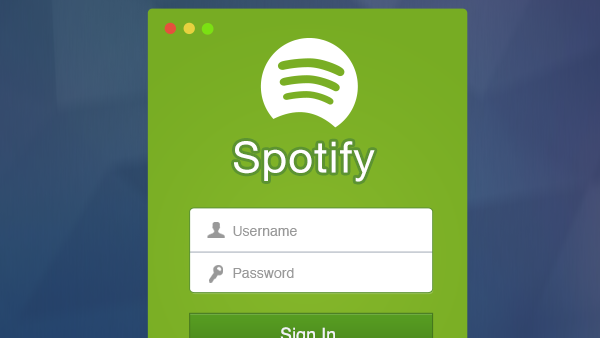
As of the end of 2021, the company reported 406 million total monthly active users (which includes 180 million paying subscribers). Spotify is the industry’s biggest music and audio streaming service. Spotify acknowledged that many customers were “having problems logging in and reaching customer support.”Ĭlick here to subscribe to Variety’s free Strictly Business newsletter covering media earnings, financial and investment news and more.Īlso Tuesday, Discord, the chat, voice and video-communications service, reported an issue that caused message failures for several hours. A little more than an hour later, the company indicated that the technical problems had been resolved, with Spotify Status tweeting, “Everything’s looking much better now! Give a shout if you still need help.”

Thanks for your reports!” the Spotify Status account on Twitter posted at 1:22 p.m. The site has also presented the case here.“Something’s not quite right, and we’re looking into it. In addition, people try to have the database removed from the Internet via the providers – but this is no real help (there may be many copies).

Spotity resets the passwords as soon as misuse becomes known. Here, too, the data was captured via credential stuffing and then misused to access Spotify accounts. On February 4, 2020, security researcher Bob Diacheko announced in this tweet the discovery of another database containing over 100,000 Spotify account credentials. The hackers may have used credentials stolen from another platform, application or website and used them to access Spotify accounts. The origin of the database and how the fraudsters targeted Spotify are both unknown.

Security researchers at vpnMentor came across an unsecured Elasticsearch database on the Internet at the time that contained over 380 million records, including credentials and other user data validated against the Spotify service. Weak passwords or reuse of credentials on different user accounts encourage this kind of thing. The whole thing works via "credential stuffing": hackers simply randomly try credentials from known data leaks on websites and, if successful, can access the accounts. Hackers had used a database of 380 million records of login credentials and personal information from various sources to crack Spotify accounts and were probably successful with more than 300,000 users. In the November 2020 blog post More than 300,000 Spotify accounts hacked?, I had already reported on a data leak with Spotify account credentials.


 0 kommentar(er)
0 kommentar(er)
